Pixel 3XL DayZ Epoch Mod Image
3 years ago
Melissa Evangeline Keyes . ........................ . Just photos currently, I'll be finishing some paintings soon.
 These are Great Star coral polyps. Since this photo was taken during daytime, they don't have their tentacles extended to catch food. I would love that. Just sit there and do my thing, and have food just float by. A cheeseburger floats by, OK, catch it and stuff it in my mouth, haha. These guys make me think of how Japanese subways are so crowded at rush hour.
These are Great Star coral polyps. Since this photo was taken during daytime, they don't have their tentacles extended to catch food. I would love that. Just sit there and do my thing, and have food just float by. A cheeseburger floats by, OK, catch it and stuff it in my mouth, haha. These guys make me think of how Japanese subways are so crowded at rush hour..jpg) Here's a photo of another coral that had some sort of sand dwelling critter move in close by. The sandy guy built a little mountain of sand that covered part of the coral colony. I happened by, and dug away the sand, uncovering the lower polyps that had smothered. This is a side-by-side comparison of the healthy polyps and their siblings' skeletons.
Here's a photo of another coral that had some sort of sand dwelling critter move in close by. The sandy guy built a little mountain of sand that covered part of the coral colony. I happened by, and dug away the sand, uncovering the lower polyps that had smothered. This is a side-by-side comparison of the healthy polyps and their siblings' skeletons. .jpg)
Here are the same polyps, ten weeks later. They're making babies, clones if you will. And some have their tentacles extended, waiting to catch passing food. The bare skeletons have been overgrown by algae.
The polyps are a little pale because the sea was too warm when the photo was taken.
Thanks for stopping by, time to go for a dive and see what I can find...
.jpg)
.jpg)
.jpg)
.jpg)
.jpg)
.jpg)
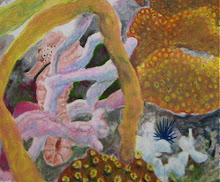.jpg)
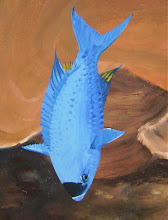.jpg)
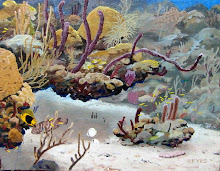.jpg)
.jpg)
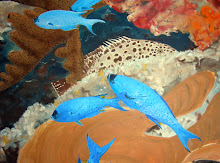.jpg)
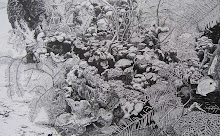.jpg)